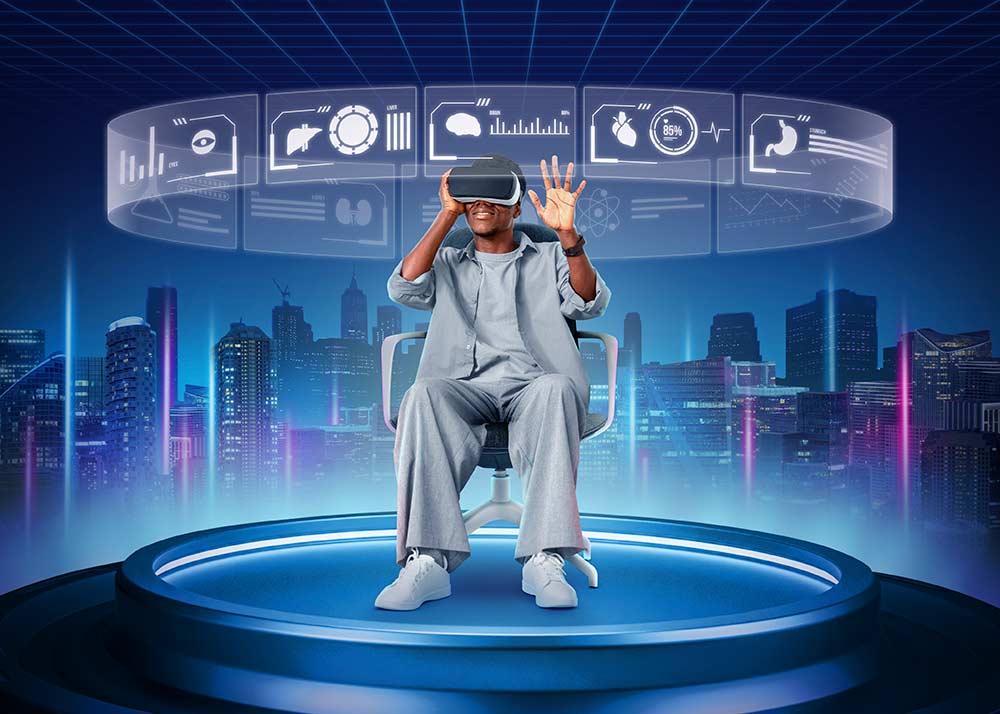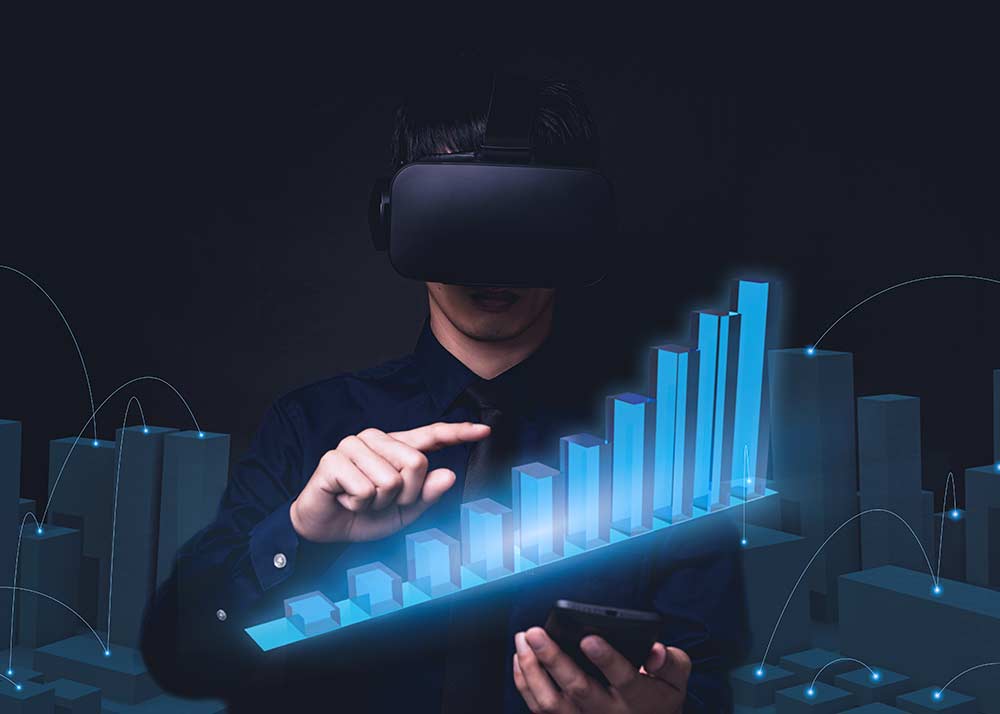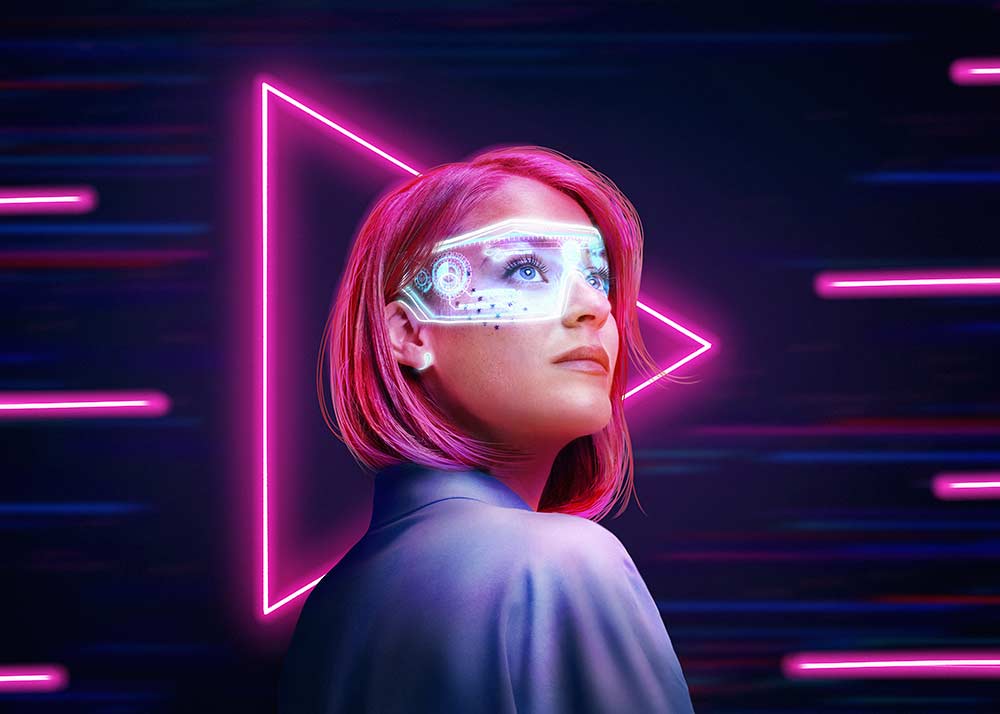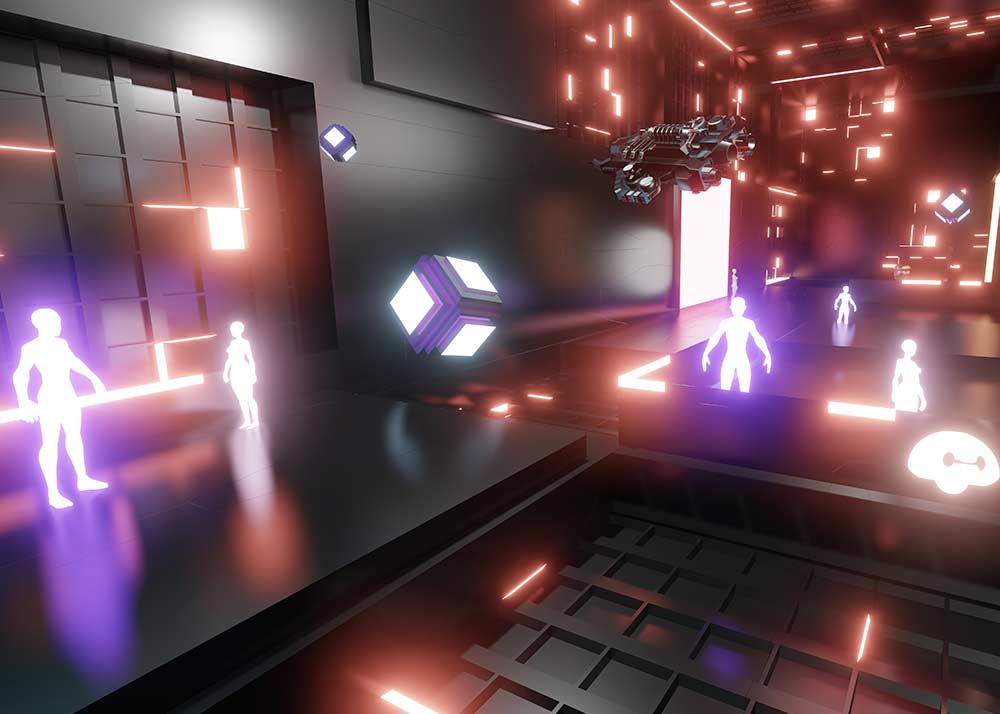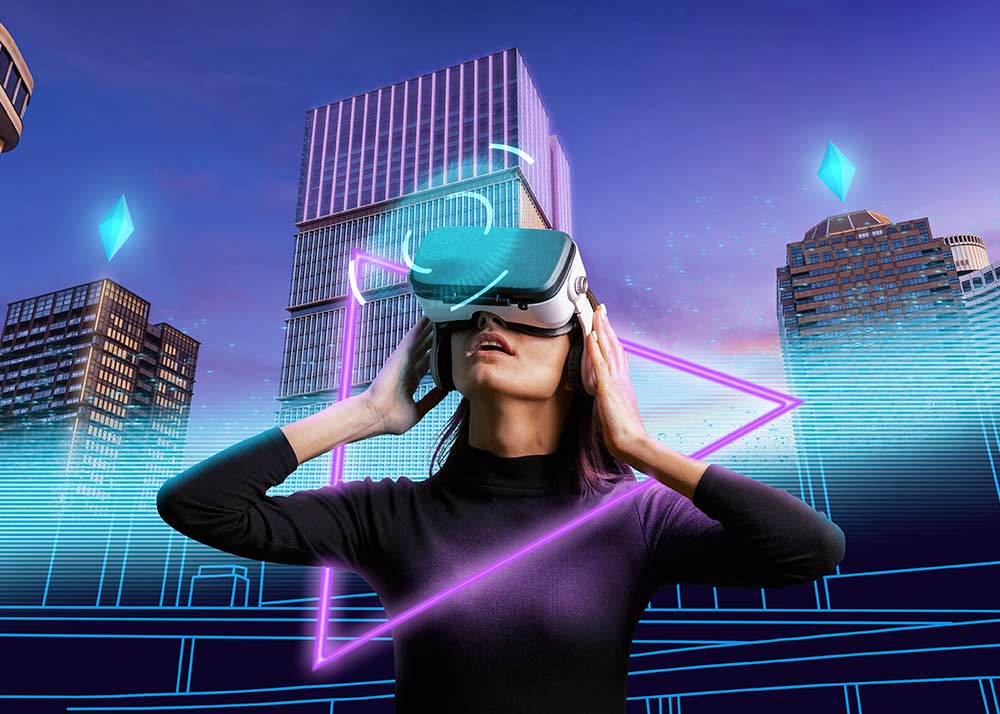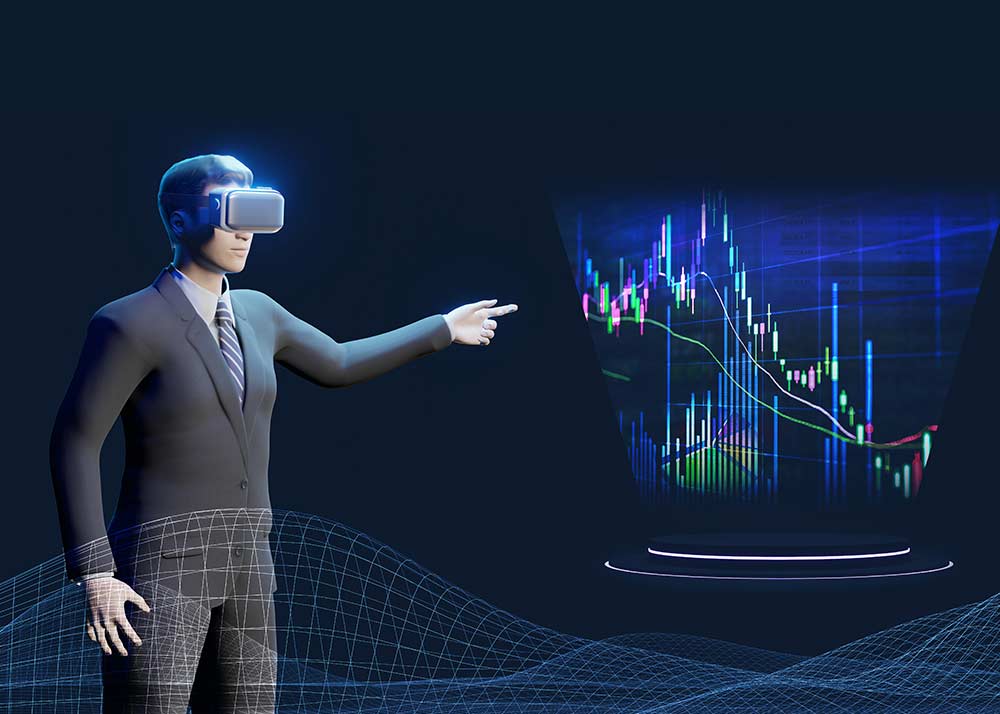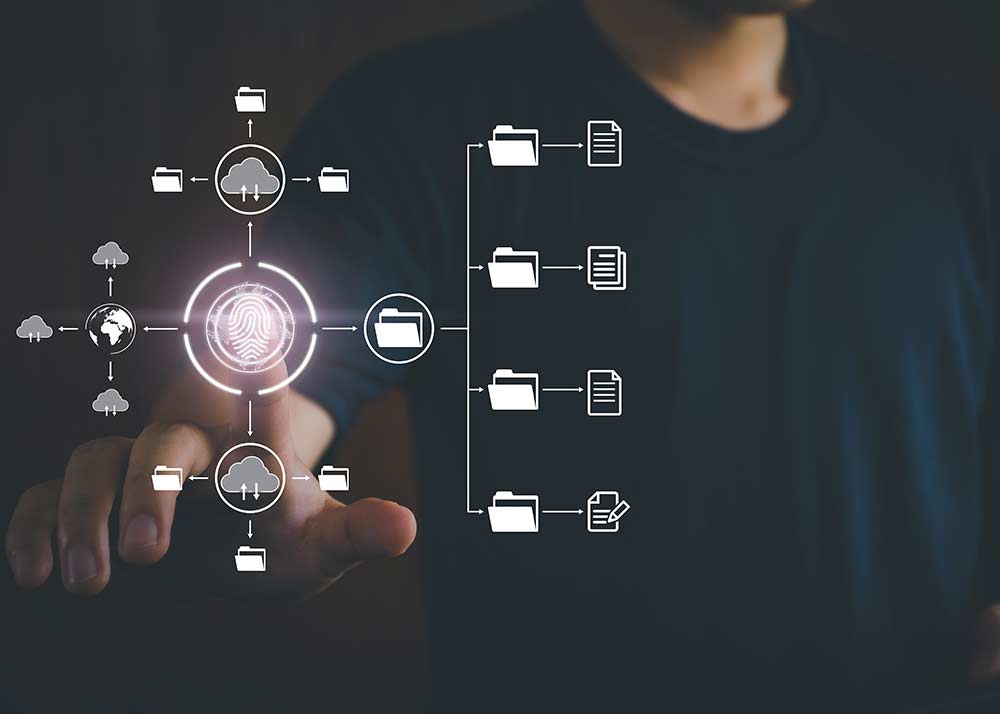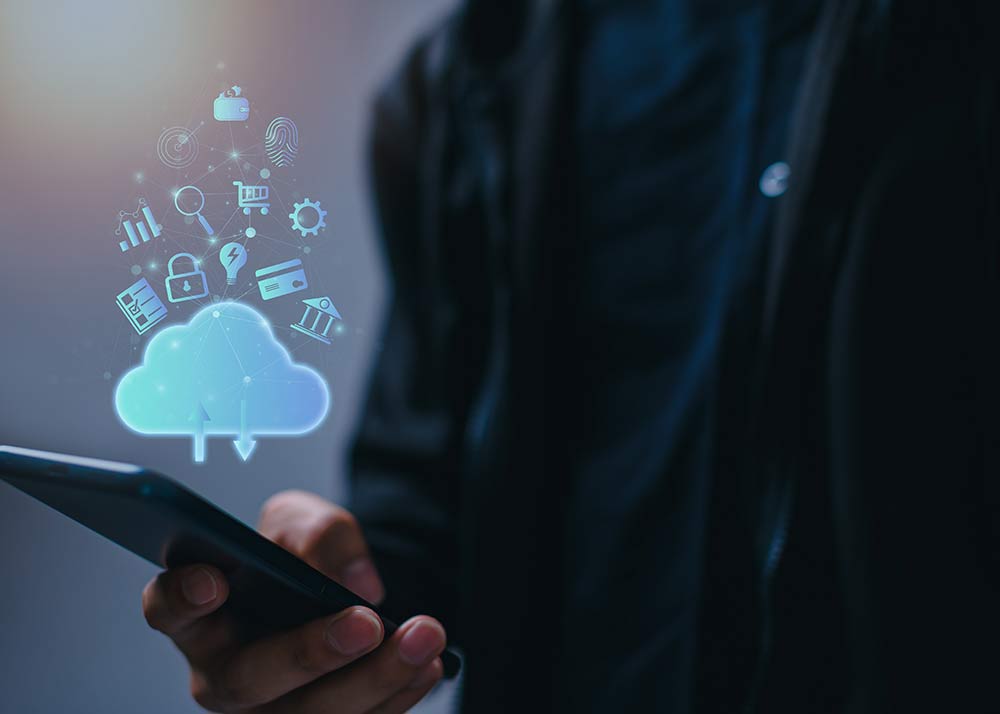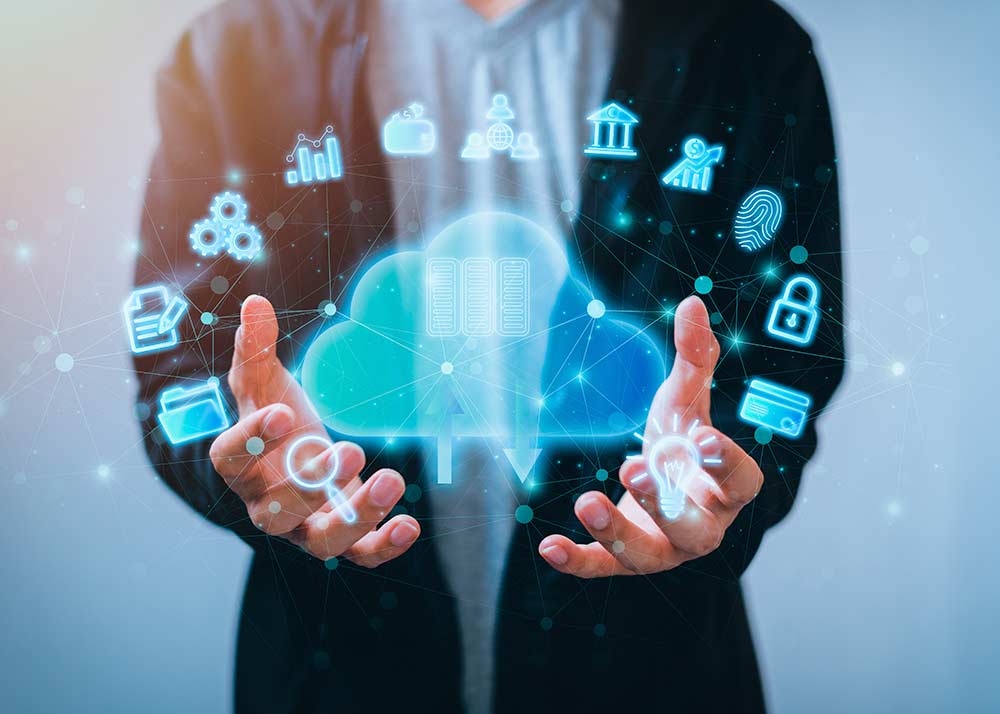Metaverse
Welcome to the Metaverse: Purely reimagined worlds
The metaverse is bringing about the subsequent wave of digital change and giving forward-thinking brands and campaigns the chance to act now and be prepared for the future.
Welcome to the Metaverse a collection of digitally augmented realities, universes, and business models that are set to transform businesses, brands, campaigns and society in the upcoming ten years. From consumer to worker to company, from reality to virtual and back, from 2D to 3D, and from cloud and artificial intelligence to extended reality, blockchain, digital twins, edge technologies, and beyond, it applies to all facets of business, brands, advertising, NFT marketplace, voting and campaigns. The metaverse, which will be the next stage in the development of the Internet, will be a continuum of quickly developing capabilities, use cases, technologies, and experiences.
The metaverse will change how businesses connect with customers, how campaigns operate, how work is done, what goods and services are offered, how they are produced and distributed, and how organisations run their enterprises.
 ®
®